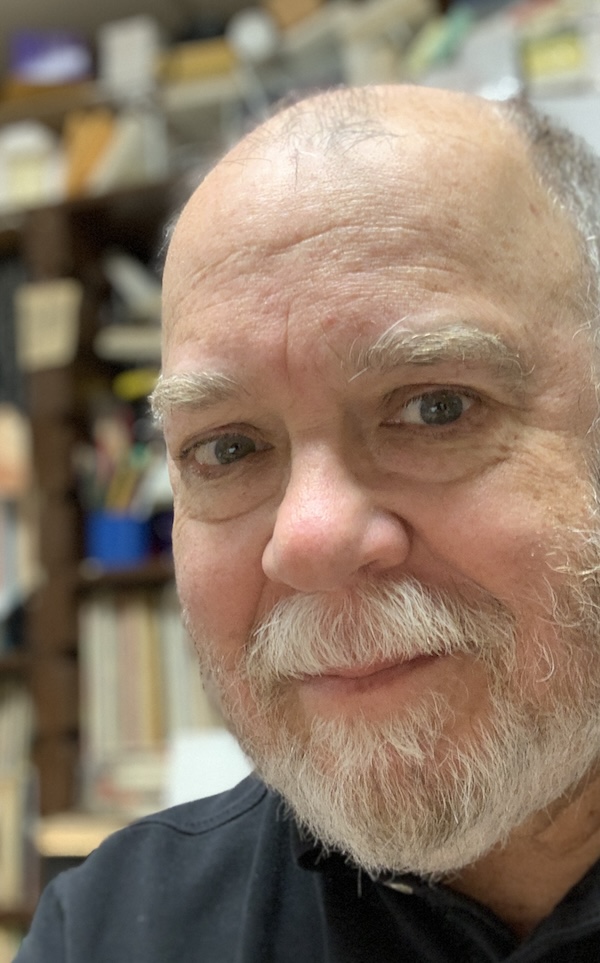I can’t remember when I last saw a new comedy-drama as good as The Artist (2011, dir. Michel Hazanavicius). In these troubled times, The Artist offers the viewer a sweet escape into a world of laughter, music, and tears. Jean Dujardin and Bérénice Bejo are brilliant performers, and they look like the people they’re playing, actors from the 1920s and 30s. Everyone in the cast looks right: James Cutler and John Goodman in particular seem to be genuine time-travelers. (Contrast, say, Mad Men, in which everyone appears to be playing dress-up.) The film itself looks the part too, especially in outdoor scenes, which have the thin, watery light that suggests old. Three cheers for cinematographer Guillaume Schiffman.
Umberto Eco says that Casablanca is “the movies.” So too is The Artist. Go see the movies!
March 6: Type designer Mark Simonson writes about The Artist and typography: The Artist vs. The Lettering Artist. Thanks to Daughter Number Three for the link.
[“In these troubled times”: yes, that’s a cliché. We saw The Artist at east-central Illinois’s best theater, The Art Theater.]



comments: 4
C., I just looked at Le Monde online and found straight quotation marks. Paris Match has curved ones. Where have all the guillemets gone?
Here in the American midwest, the single quotation mark as an accent (after not above a letter) is still pretty common. People sometimes both type and write their names that way.
Yes, the Paris Match front page now has both kinds of quotation marks — and guillemets too.
It seems to me relatively easy for a Windows user to turn on smart quotes. But those characters seem not to translate properly online. I often see gibberish for quotation marks in the online version of the local paper. The writers there must be using MS Word.
Those of us who teach have some responsibility, I’d say, to proselytize for proper typography. I do so all the time. Here on Orange Crate Art, I use HTML codes (with TextExpander shortcuts) or Markdown to get proper dashes and quotation marks.
Michael, there's a new article critiquing the typography in The Artist: http://www.marksimonson.com/article/348/the-artist-vs-the-lettering-artist
Very impressive. Thanks for the link.
Post a Comment